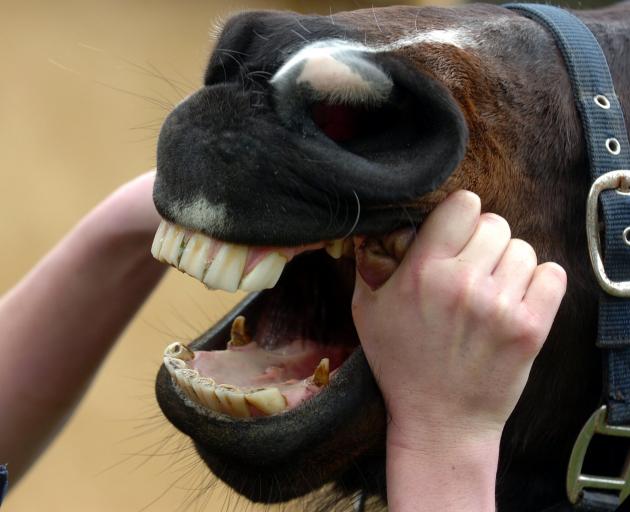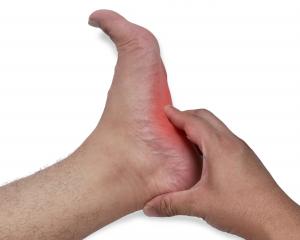
In a world where animal welfare is increasingly important, New Zealand has an opportunity to further safeguard our animals’ welfare through recognising and addressing gaps, contradictions and oversights within our animal welfare regulatory frameworks.
The secondary legislation reforms, as championed by the Regulations Review select committee, offer an opportunity not only to strengthen animal welfare, but also to rectify shortcomings.
While primary legislation (Animal Welfare Act 1999) provides the overarching framework for animal welfare, it is the secondary legislation (Code of Welfare; Regulations) that provides details for people in charge of animals.
The committee’s recently released report on secondary legislation recommended two things — a prompt and substantive review of the process for developing secondary legislation under the Animal Welfare Act 1999, and examination as to "whether all existing secondary legislation, particularly codes of welfare, are consistent with the objects and intentions of the Act".
The report comes after the New Zealand Animal Law Association’s 2021 Farmed Animal Welfare report and a presentation to the committee.
The committee’s report is a testament to challenges within our animal welfare system and it reflects what many of the country’s animal welfare advocates know — to protect animal welfare, we need refined processes for secondary legislation development.
Whether or not the recommended review happens might depend on public interest and scrutiny, and on the transparency and angle of the advice provided to the minster responsible for animal welfare. If that advice is not pro-welfare, the opportunity to improve our animal welfare system may well slip by us.
If the review is progressed, the primary focus is the secondary legislation development process itself and secondarily whether existing minimum standards in codes of welfare and regulations conflict with the purposes of the Animal Welfare Act (e.g. farrowing crates, colony cages, significant surgical procedures being done by lay people).
Do these run counter to the intent of primary legislation which is designed to protect animals from unnecessary suffering? Ideally, there would be examination about where the absence of regulation results in poor welfare.
For example, despite more than a decade of work by advocates, New Zealand does not have useful cat management legislation. This urgent need is confirmed in the excellent recommendations in the environment select committee’s report on cats, spurred by Erica Rowland’s petition. The lack of clear guidelines for cat management leaves room for ambiguity, leading to adverse effects on local ecosystems, wildlife, human health and cats.
Or there’s the absence of a regulation for some companion animal dental procedures. The New Zealand Veterinary Association rightfully raised this with the committee as their expert advice was completely ignored during regulation development.
This leaves a decades-old veterinary nurse practice back in the hands of overly busy veterinarians despite veterinary nurses being trained, insured, supervised and competent to do the procedures. Other animals therefore get delayed access to veterinary care, potentially resulting in unnecessary welfare compromise, which undermines the purposes of the Act.
Paradoxically, an equine dental regulation allows untrained, unsupervised equine dental technicians to remove horse’s wolf teeth, despite comprehensive, expert opinion being presented to MPI during regulation development.
The irony of the competent and supervised companion animal veterinary team being unable to clean teeth while the untrained, unsupervised lay persons are enabled to pull out horse’s teeth is a bitter pill. It perhaps perfectly demonstrates the underlying issues of industry and economics — not welfare — drive these decisions.
Arguably, this is the very reason that the NZALA raised this issue in the first place that the development of secondary legislation is heavily, and many would argue (VAWA included), unduly influenced by industry, protecting their own interests and getting what they want.
This is the very definition of regulatory capture which though might feel good short term, makes sure long-term pain is a reality. We need only look at the current debacles within the chicken, dairy and pig farming communities to see short termism and protection of status quo doesn’t equate to long-term viability, nor high welfare, for people, the environment or the animals.
The committee’s report on secondary legislation is perhaps the most important comment on our animal welfare legislation since the 2015 amendment. It is intriguing and concerning that it is not getting more attention and in fact, that it is being somewhat downplayed by the ministry, which noted surprise that it was receiving such attention from advocates.
Time will tell how this plays out, and in part that might depend on who is in charge post-election.
We can only hope and lobby for the purposes of the Animal Welfare Act to be upheld and the opportunity for reform seized, rather than lost.
— Dr Helen Beattie is the director of Veterinarians for Animal Welfare Aotearoa, a veterinarian-led group of animal welfare advocates.












